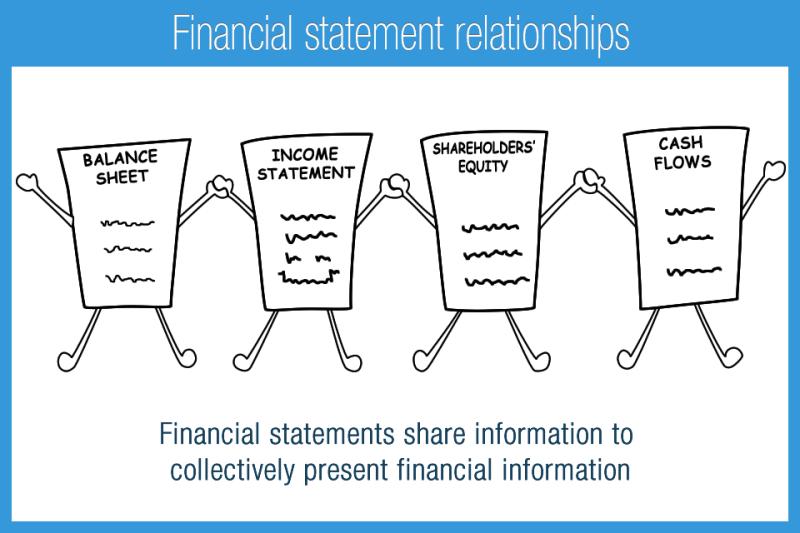What are the three major financial statements?
The three major financial statements are key documents that provide a comprehensive overview of a company's financial performance and position. These statements are crucial for investors, analysts, creditors, and other stakeholders to assess the financial health and stability of a business. The three major financial statements are:
Income Statement (Profit and Loss Statement):
- Overview: The income statement provides a summary of a company's revenues, expenses, and profits or losses over a specific period, typically a quarter or a year. It shows how much money the company earned (revenues), the costs associated with earning that revenue (expenses), and the resulting net income or net loss.
- Components: The key components of an income statement include:
- Revenues (Sales)
- Cost of Goods Sold (COGS)
- Gross Profit
- Operating Expenses
- Operating Income
- Other Income and Expenses
- Net Income Before and After Taxes
Balance Sheet (Statement of Financial Position):
- Overview: The balance sheet provides a snapshot of a company's financial position at a specific point in time, showing its assets, liabilities, and shareholders' equity. It follows the accounting equation: Assets = Liabilities + Shareholders' Equity.
- Components: The key components of a balance sheet include:
- Assets (Current Assets and Non-Current Assets)
- Current Assets: Cash, Accounts Receivable, Inventory, etc.
- Non-Current Assets: Property, Plant, Equipment, Intangible Assets, etc.
- Liabilities (Current Liabilities and Non-Current Liabilities)
- Current Liabilities: Accounts Payable, Short-Term Debt, etc.
- Non-Current Liabilities: Long-Term Debt, Deferred Tax Liabilities, etc.
- Shareholders' Equity: Common Stock, Retained Earnings, Additional Paid-in Capital, etc.
- Assets (Current Assets and Non-Current Assets)
Cash Flow Statement:
- Overview: The cash flow statement reports the cash generated and used by a company during a specific period. It is divided into three sections: operating activities, investing activities, and financing activities. It provides insights into how a company generates and uses cash to operate, invest, and finance its activities.
- Components: The key components of a cash flow statement include:
- Operating Activities: Cash flows from core business operations (e.g., receipts from customers, payments to suppliers).
- Investing Activities: Cash flows related to the purchase and sale of long-term assets (e.g., property, equipment, investments).
- Financing Activities: Cash flows related to the company's capital structure (e.g., issuing or repurchasing stock, borrowing or repaying debt).
- Net Cash Flow: The sum of cash flows from operating, investing, and financing activities.
Importance:
- The income statement helps assess a company's profitability and performance over time.
- The balance sheet provides a snapshot of a company's financial position, including its assets, liabilities, and equity.
- The cash flow statement highlights the sources and uses of cash, crucial for understanding a company's liquidity and ability to meet its obligations.
Analyzing these financial statements collectively provides a comprehensive view of a company's financial health, aiding investors, analysts, and stakeholders in making informed decisions.
Can you name the three major financial statements?
The three major financial statements are:
- Balance Sheet: This statement shows what a company owns (assets) and what it owes (liabilities) at a specific point in time. It provides a snapshot of the company's financial health and gives insights into its liquidity and solvency.
- Income Statement: This statement shows how much revenue a company generated and how much expense it incurred over a specific period, usually a quarter or a year. It ultimately reveals the company's net income or loss for that period.
- Cash Flow Statement: This statement shows the movement of cash in and out of a company over a specific period. It details cash inflows from operating, investing, and financing activities, providing insights into how the company generates and uses cash.
These three statements work together to paint a comprehensive picture of a company's financial performance and position. Investors, lenders, and other stakeholders rely heavily on these reports to make informed decisions about the company.
Feel free to ask if you have any further questions about any of these statements or their roles in financial analysis.












